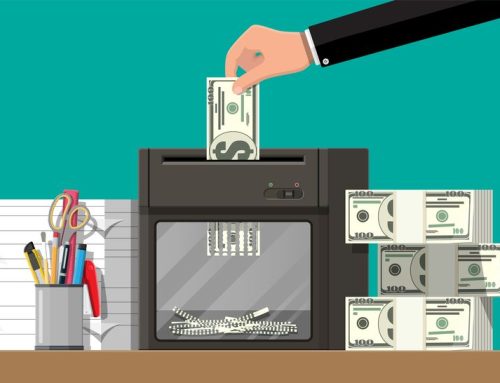Last month was a great month for my Guaranteed Press Release program.
30 clients wrote press releases that I edited and then sent out to the media, where they were printed on many sites that led to high search engine rankings and lots of traffic back to their sites.
After editing so many press releases, I realized many people made the same mistakes, over and over.
Last week, I shared 10 fatal press release mistakes to avoid.
Here are 11 more:
- Headlines were too long. Although there aren’t any rules about exact word length, if you go beyond one deck of headline using 14-point type, you’d better have a good reason.
- Headlines that buried the keywords. Writing headlines these days is as much for attracting the attention of Google as it is to attract the attention of reporters. Here’s a formula to follow: Key audience achieves key benefit when using/reading your product/book. For example: “C-level Executives Get Greater Employee Retention When Following Advice in (NEW BOOK TITLE)” or “C-Level Executives Get Greater Employee Retention When Following Advice from Employee Expert Jill Smith.”
- In the headline, use Title case, that is, the first letter of each word is capitalized, except pronouns and articles. If you don’t know what a pronoun or an article is, then hire someone to write your press release. Do not use all upper case in the headline.
- Every press release needs a “dateline” to start the first paragraph. The “dateline” consists of the city and state where you are located and the date of the press release. Then follow with a dash and the first paragraph. For example: Excelsior, Minnesota — January 24, 2011 – C-Level Executives can get better…
- If you use quotations – and you should – start the paragraph with the quotation. Don’t start it with “Dr. John Smith said, “C-level executives can get…” It’s more impactful to start with a quote.
- Watch your punctuation at the end of a quote. The proper punctuation is that the comma goes before the ending quotation mark. For example: “C-level executives can be more productive,” said D. Jill Smith.
- You can put links to your pictures, videos, or additional information. You can lead people from the press release to your website.
- When you do put in links to your site, use them as hyperlinks so when people click on the link they can go to the page you want them to see.
- Also, spell out the link in case the site that prints the press release suppresses the actual link. For example: For information about publicity, go to Dan Janal’s Guaranteed Press Releases, https://www.CompanyPressReleases.com/special/.
- Put highly searched terms into your press release and link them to your site. For example, “Publicity strategy is an important part of a marketing campaign.” In this example, “publicity strategy” is the term I want people to click on. If you do research on what keywords people are looking for on Google, and you put those links into your press release, you’ll have a great chance of being found on the search engines. If you don’t know what I’m talking about, then you should hire me to write your press releases so they will be found on Google and get you more traffic.
- Don’t use italics, boldface, or underlines. Newspapers and media web sites don’t print those fancy characters, so you can build some rapport with a copy editor by not putting in elements they will have to remove.
If you follow these tips, your press releases will do a better job of getting publicity for you!




Leave A Comment